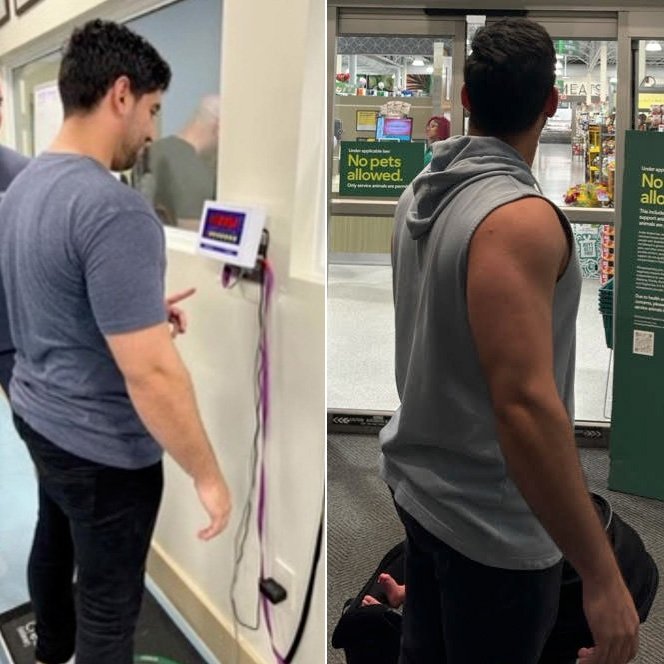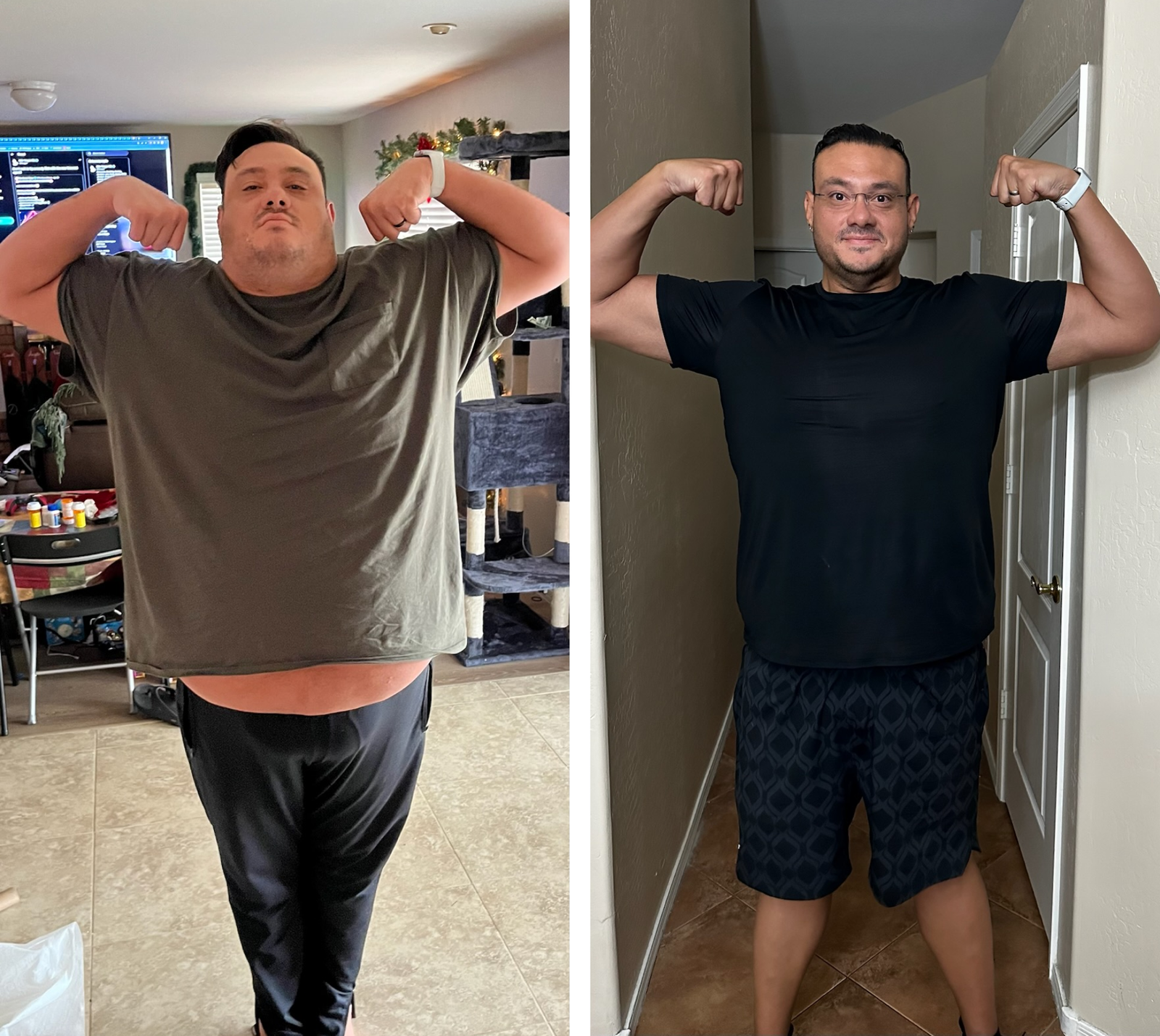When undergoing testosterone replacement therapy to treat low testosterone, the dosage of testosterone that you take and the frequency of your dosing schedule can greatly impact the efficiency of your treatment. Of course, this is usually determined by your physician, who will consider several factors to determine the best dosage. However, it always helps to become more informed about these possible factors to understand the reasoning behind your physician’s decisions and ensure you receive the appropriate dosage to help you reach your goals.
In this article, we’ll review the factors your physician will consider when determining your dosage and help you recognize when it may be time to adjust your dose as you progress through therapy.
What To Consider When Providing a Testosterone Dosage
When a physician prescribes testosterone replacement therapy, it’s essential to consider several factors regarding each potential case when determining the appropriate TRT dosage for a patient. One key consideration is the individual’s age and other aspects of their health, as well as their symptoms and the severity of their testosterone deficiency.
On average, a healthy testosterone level for a man will range anywhere from 300 ng/dl to 1000 ng/dl. However, as men grow older, their testosterone levels will gradually decline, making it easier to fall below the low end of 300 ng/dl and leaving them more susceptible to testosterone deficiency. In many, if not all, cases, your bioavailable testosterone (the amount of free testosterone that travels through the bloodstream and interacts with target tissues in the body) can have a major impact on your overall testosterone levels and play a huge role in determining the magnitude of your testosterone imbalance.
For older men, bioavailable testosterone levels usually decrease by 2-3 % every year as they age, leading to lower testosterone levels and increasing the risk of experiencing low testosterone symptoms. Typically, a physician will conduct a blood test to check your bioavailable testosterone and, depending on the current level, decide how much testosterone is needed to elevate it to normal parameters. However, before creating a dosing schedule, a TRT physician will also take into account other factors, including:
- Lifestyle and dietary habits
- Body mass index
- The duration of time required for treatment
- Patient’s goals or expectations for therapy
- Level of comfortability with each dosage
Making sure that a patient’s body is comfortable with their chosen method of delivery is also important. There are many ways to receive testosterone–via testosterone gels, patches, and pellets–but testosterone injections are usually considered more effective in providing testosterone treatment.
Typically, testosterone cypionate (also known as Depo-Testosterone) or testosterone enanthate are the most common injectable testosterone medications used in TRT. With either medication, most physicians will focus on providing a dosage that maintains your testosterone levels within 400-600 ng/dL. However, injectable testosterone medications only have a half-life of 7-8 days, so for optimal results, most physicians recommend 200 milligrams per ml every seven days to sustain testosterone levels within the acceptable range.
Feeling Run-Down?
Take the Low-T Quiz Today
Our men’s clinic can restore your physiology, change your body composition and optimize your health to slow down aging and prevent health complications caused by low testosterone.
Take back your life and become a better you today!
What Is the Safest Testosterone Dosage?
The safest testosterone dosage will largely depend on your condition, the type of testosterone medication used, and your body’s response to treatment. For hypogonadism or low testosterone, a typical TRT dosage of testosterone cypionate can range anywhere between 100-200 mg for each injection. Many physicians will typically start patients with a low dose of testosterone, ranging between 50-75 mg, to allow the body time to adjust to the medication before gradually increasing the dosage every week; but, in most cases, the average dose is usually 75 mg at the beginning of treatment.
How Often Testosterone Should I Inject?
This will also depend on your body’s response and your physician’s recommendations for treatment. Many doctors start patients with once-weekly injections until their bodies are comfortable taking testosterone. If your body adjusts to the testosterone injections, your physicians may recommend increasing the frequency to twice a week. This approach can bring several advantages, including maintaining consistent testosterone levels, decreasing adverse effects, and preventing significant increases in your red blood cell count, which can help reduce the risk of high blood pressure and avoid the possibility of a heart attack or stroke.
How To Recognize When a Dosage of Testosterone Is Not Right for Me
There are many signs that can indicate when your testosterone dose may not suit your body. You may need to inform your physician if you start to notice a variety of issues, including:
- Adverse effects: If you are experiencing negative side effects such as acne, hair loss, mood swings, or trouble sleeping, it may be a sign that your testosterone dosage is too high or too low. In some cases, these side effects may be temporary and may improve with time or a change in dosage. However, if the side effects persist or are severe, you should speak with your healthcare provider.
- Lack of improvement in symptoms: If you take testosterone to treat a medical condition such as hypogonadism or low libido but do not notice any improvement in your symptoms, it may indicate that your prescribed dosage is not working for you. In some cases, your doctor may need to adjust your dosage or consider other treatment options to help you treat the condition and achieve success.
- Emotional changes: Changes in your mood, such as irritability, anxiety, or depression, can indicate that your testosterone dosage is negatively affecting your body. However, it’s important to note that other factors can also cause emotional changes, so it’s essential to speak with your healthcare provider to determine the cause.
When a Change in Dosage Is Needed
As you progress through treatment, your physician will monitor your testosterone levels and check to see if your estrogen levels are becoming too elevated after your injection. Once your testosterone peaks during the first two or three days after treatment, your estrogen levels will also peak a day later. Unfortunately, high levels of estrogen can also increase your levels of sex hormone-binding globulin, which can decrease your levels of free testosterone and even make it more difficult to improve your low testosterone. If you begin to experience adverse side effects or it doesn’t seem like your symptoms are improving, your physician may decide to adjust the dosage periodically during treatment to find the best TRT dose to rectify these issues.
At Renew Vitality, our mission is to make sure that you’re comfortable as you progress through testosterone replacement therapy. We offer the option of receiving your testosterone injections from the capable hands of our experienced physicians or self-administering your treatment in the comfort of your home. Our staff provides wellness plans that you can easily manage into a daily routine as you utilize our testosterone treatments to alleviate your low testosterone symptoms and optimize your overall health. Contact us at 1-866-995-2371 to schedule a consultation at any of our hormone replacement clinics to learn more about low testosterone options.
























